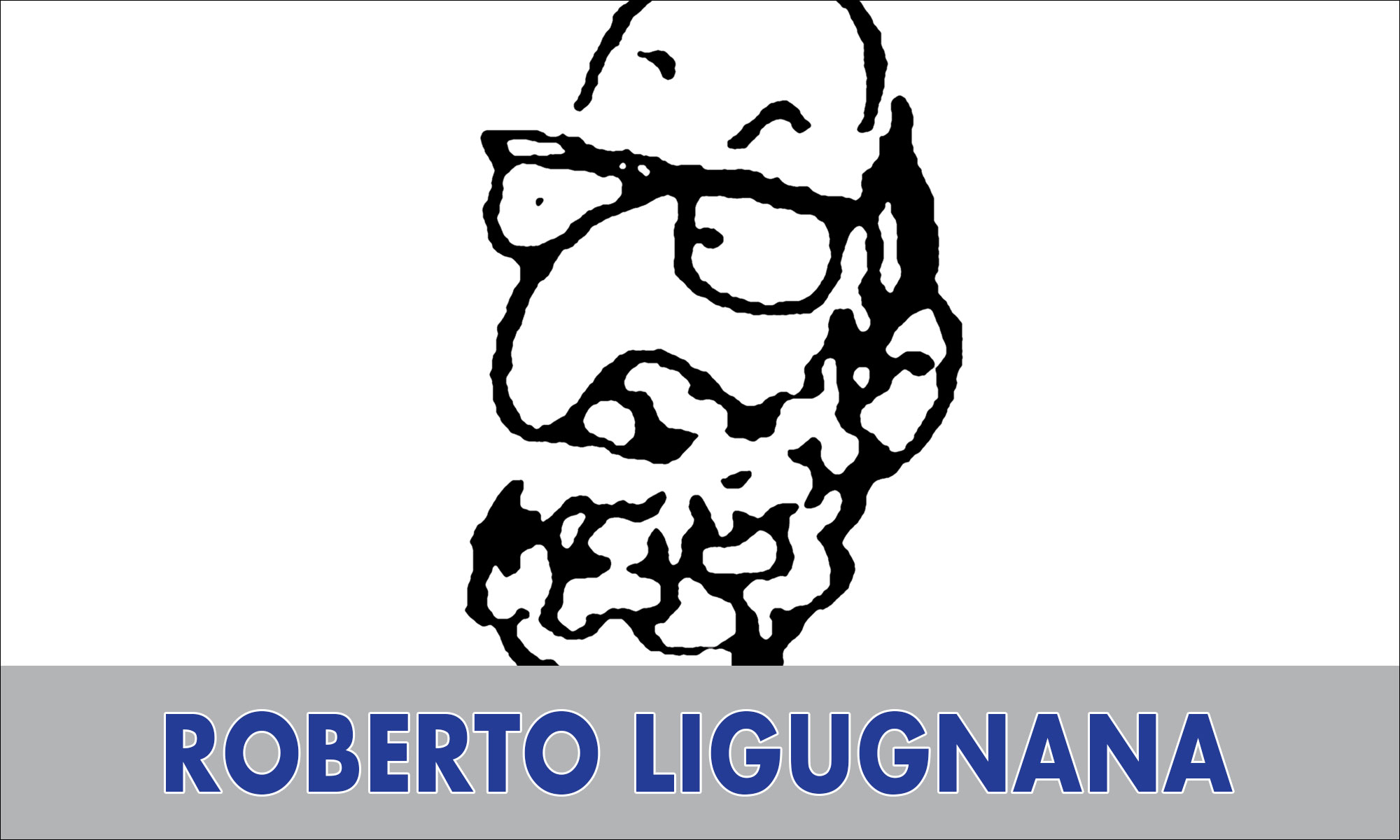Biofilms Move Electrons Long Distances
Biofilms move electrons surprisingly long distances across two distinct layers, as illustrated in the transmission electron microscopy images of a Geobacter biofilm incubated with uranium above. Top: Metabolically active, upper biofilm layer with precipitates of reduced uranium associated with healthy bacterial membranes. Bottom: Metabolically inactive, lower biofilm layer with plasmolyzed cells and relatively low mineral precipitation. Image: EMSLBacteria can move electrons at least half a millimeter across a scaffolding made by themselves, of themselves, even under starving conditions. This new finding by Environmental Molecular Sciences Laboratory (EMSL) staff and users challenges conventional wisdom, which held that electrical resistance within bacterial biofilms—robust structures held together by a strong matrix—would restrict long-range electron transfer.
At the center of this study is Geobacter sulfurreducens, a biofilm-forming, metal-reducing bacterium. Like other metal-reducing bacteria, Geobacter give away their electrons as part of a series of electron exchanges that drives energy, or ATP, production.
Understanding bacteria-metal electron exchange is important because it provides insight into how metals behave in their environment and how electrons might be captured to produce electricity. For their studies, the research team employed a novel electrochemical-nuclear magnetic resonance (EC-NMR) microimaging system, which allows biofilms to grow inside an NMR magnet.
EC-NMR, designed and built by EMSL staff and users, makes it possible for the first time to conduct simultaneous electrochemical and NMR studies on biofilms, revealing details about metabolic activity, structure, porosity, nutrient movement, and nutrient concentrations in multiple dimensions.
Coupling EC-NMR with X-ray absorption spectroscopy to measure the transfer of electrons to a uranium probe for validation, the team showed that the Geobacter biofilms contained a top layer of metabolically active bacteria sitting on an inactive layer. Surprisingly, the inactive layer serves as an extension of the electrode, providing a bioscaffold that allows electrons to flow from the biofilm top to the electrode surface on which the biofilm grew. This new finding will influence the design of bioelectrochemical systems, such as for producing hydrogen or for enhancing methods to treat waste water while simultaneously generating electricity. It will also improve predictive models that describe electron transfer and provide a more rounded understanding of the behavior and role of biofilms in the environment.
Font: Environmental Molecular Sciences Laboratory

















